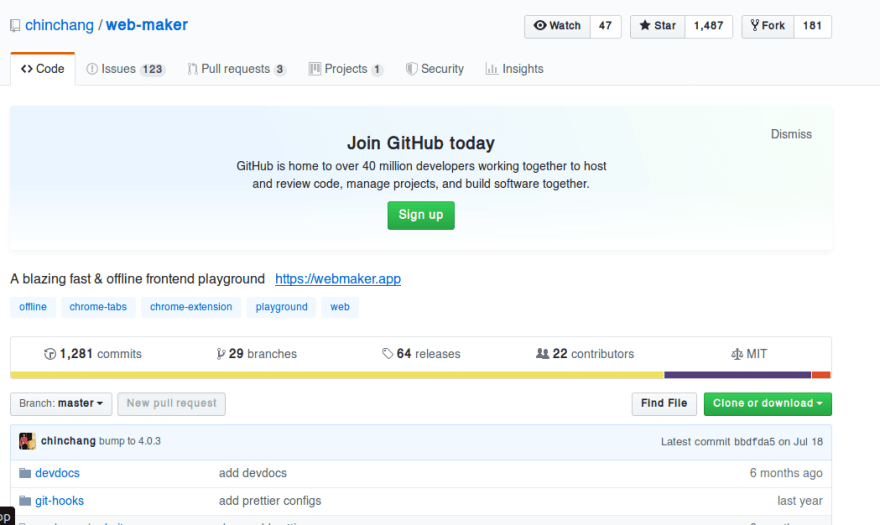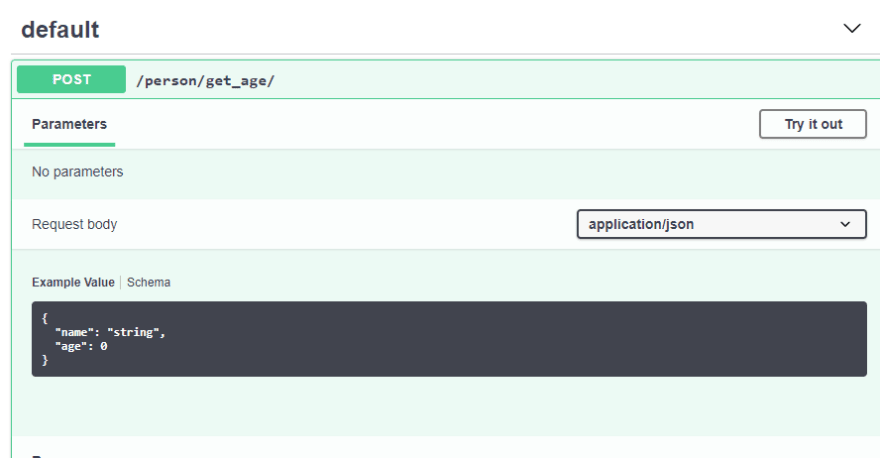

- HOW TO USE SWAGGER EDITOR WITH DJANGO FOR FREE
- HOW TO USE SWAGGER EDITOR WITH DJANGO INSTALL
- HOW TO USE SWAGGER EDITOR WITH DJANGO GENERATOR
- HOW TO USE SWAGGER EDITOR WITH DJANGO SOFTWARE
- HOW TO USE SWAGGER EDITOR WITH DJANGO CODE
You need the JSON encoder to create JSON from the API objects for which you can use LazyJSONEncoder class. from flask import Flask, request from flasgger import Swagger, LazyString, LazyJSONEncoder from flasgger import swag_fromĭefine the Flask app using the Flask method: app = Flask(_name_) The following is the import block of our Python script.
HOW TO USE SWAGGER EDITOR WITH DJANGO INSTALL
If you want to update the module while installing it, you can use pip install -U or if you are using Python virtual environments and wish to install a specific version of the module for your project, you can execute pip install = for example, pip install Flask=2.0.0īut I would recommend that you should install the latest versions. $ pip install Flask $ pip install flasgger You need to install the following Python packages using pip install to run this example. Finally, we will call the created JSON or YAML file inside the Python program where the API definition is present.Next, we will create a JSON or a YAML file to implement API functionality in SwaggerUI.First, we will create the API using Flask web API framework.We will follow the following steps to build a Swagger UI document for an API function: If you need to gain a basic understanding on Flask APIs, you can refer to the official Flask RESTful API documentation. I will use Python and YAML files to implement Swagger UI and API with explanation.Īs a pre-requisite, you are expected to have a basic understanding on Flask APIs and how they work. In this article, I explain step-by-step process for creating a Swagger UI document to get a “Hello World” response through an API which is built in Flask REST API framework. Enable you to create and share API documentation.Swagger UI documents enjoy many advantages when compared to other document types: It is used to create interactive documents for APIs which are built to serve a specific purpose. SOFTWARE, EVEN IF ADVISED OF THE POSSIBILITY OF SUCH DAMAGE.Swagger is a web-based API documentation framework. (INCLUDING NEGLIGENCE OR OTHERWISE) ARISING IN ANY WAY OUT OF THE USE OF THIS ON ANY THEORY OF LIABILITY, WHETHER IN CONTRACT, STRICT LIABILITY, OR TORT LOSS OF USE, DATA, OR PROFITS OR BUSINESS INTERRUPTION) HOWEVER CAUSED AND (INCLUDING, BUT NOT LIMITED TO, PROCUREMENT OF SUBSTITUTE GOODS OR SERVICES IN NO EVENT SHALL THE COPYRIGHT OWNER OR CONTRIBUTORS BE LIABLE FORĪNY DIRECT, INDIRECT, INCIDENTAL, SPECIAL, EXEMPLARY, OR CONSEQUENTIAL DAMAGES WARRANTIES OF MERCHANTABILITY AND FITNESS FOR A PARTICULAR PURPOSE AREĭISCLAIMED.
HOW TO USE SWAGGER EDITOR WITH DJANGO SOFTWARE
THIS SOFTWARE IS PROVIDED BY THE COPYRIGHT HOLDERS AND CONTRIBUTORS "AS IS" ANDĪNY EXPRESS OR IMPLIED WARRANTIES, INCLUDING, BUT NOT LIMITED TO, THE IMPLIED This list of conditions and the following disclaimer in the documentationĪnd/or other materials provided with the distribution. Redistributions in binary form must reproduce the above copyright notice, List of conditions and the following disclaimer.Ģ.
HOW TO USE SWAGGER EDITOR WITH DJANGO CODE
Redistributions of source code must retain the above copyright notice, this Modification, are permitted provided that the following conditions are met:ġ. Redistribution and use in source and binary forms, with or without License Copyright (c) 2013-2016, Marc Gibbons

This is a breaking change from previous versions which were responsible for introspection as well as overrides. Introspection is performed by the framework and uses CoreAPI to store definitions. Version 2.0 is fundamentally different from previous versions and leverages the new schema generation features introduced in Django REST Framework 3.4.

Once complete, theĪpplication will be available at Log in credentials are: username: amy The initial run may take several minutes to build. To quickly get up and running using the Docker image, simply run: Deploy with HerokuĮnsure Docker Docker is installed on your system.
HOW TO USE SWAGGER EDITOR WITH DJANGO FOR FREE
It and can be optionally locally using Docker, or deployed for free on heroku. Schema_view = get_swagger_view(title='Pastebin API')Īn example based on the Django REST Tutorial ships with the project. Views.py from import urlįrom rest_framework_swagger.views import get_swagger_view

This will produceĪ schema view which uses common settings. To quickly get started, use the get_swagger_view shortcut. Documentation for previous versions is available here.Īdd 'rest_framework_swagger' to INSTALLED_APPS in Django settings. Note: you are viewing documentation for version 2, using Django REST Framework 3.5+ and CoreAPI.
HOW TO USE SWAGGER EDITOR WITH DJANGO GENERATOR
Swagger/OpenAPI Documentation Generator for Django REST Framework


 0 kommentar(er)
0 kommentar(er)
